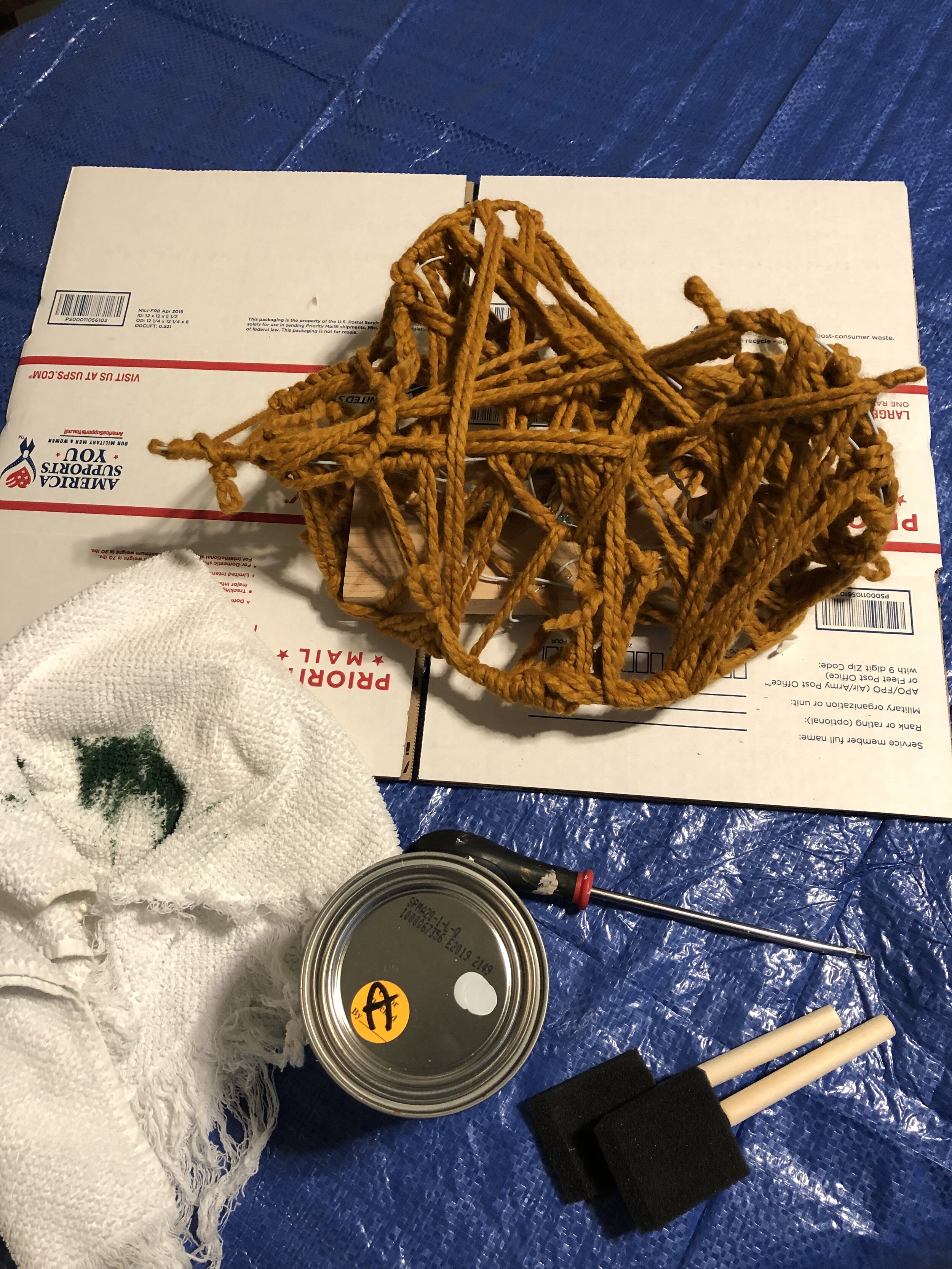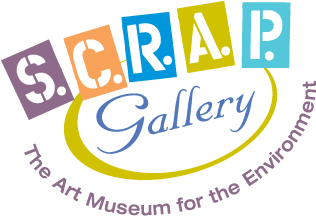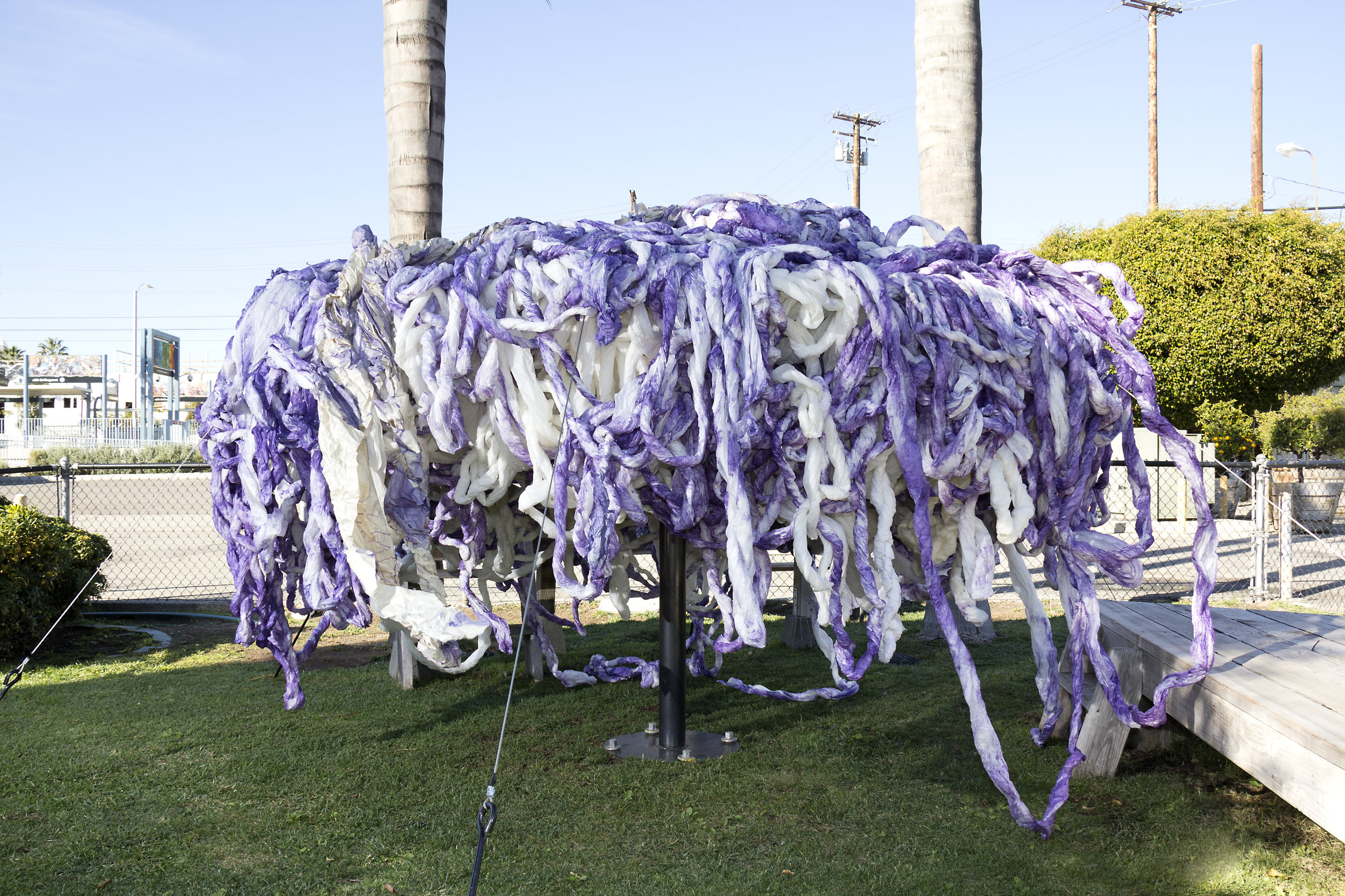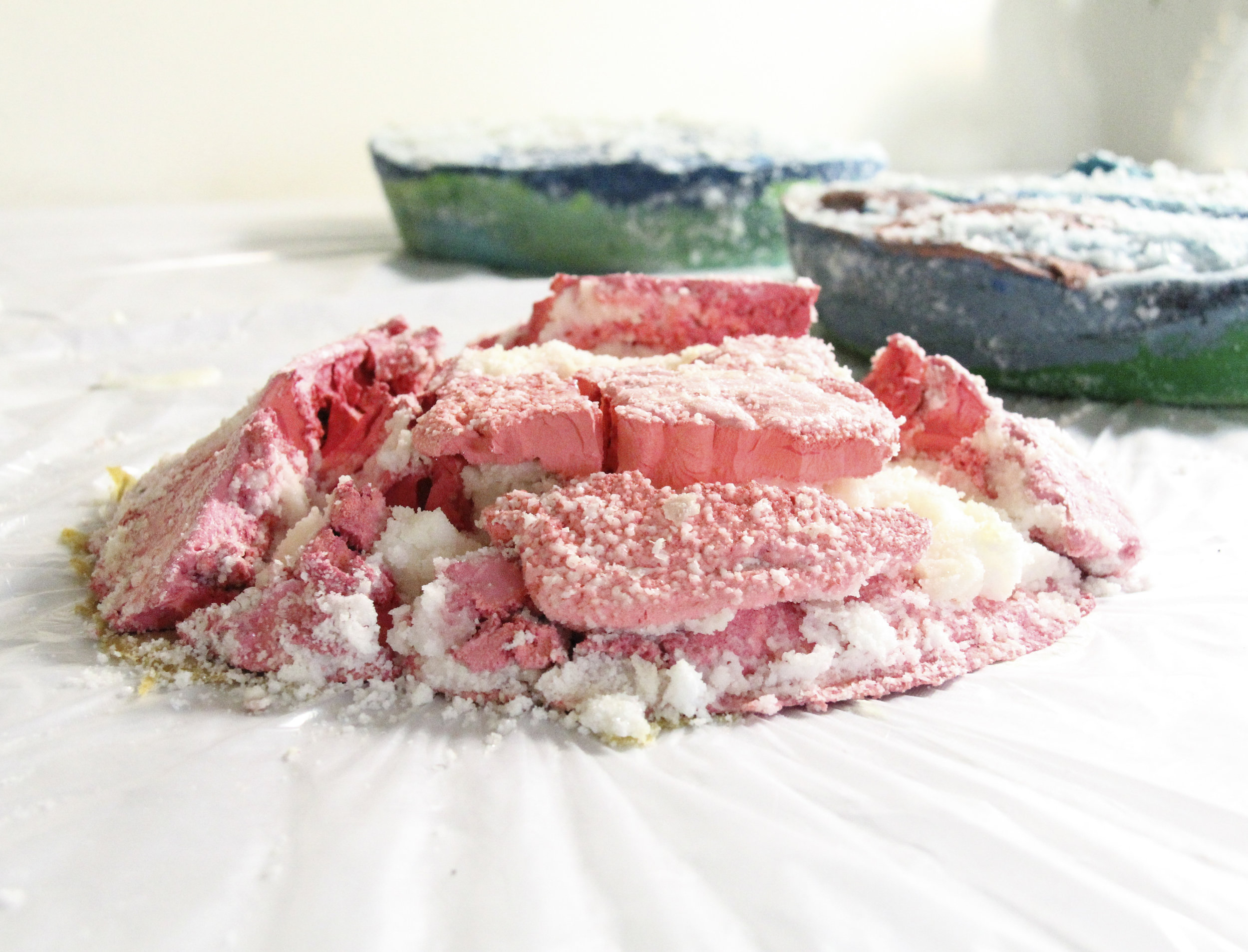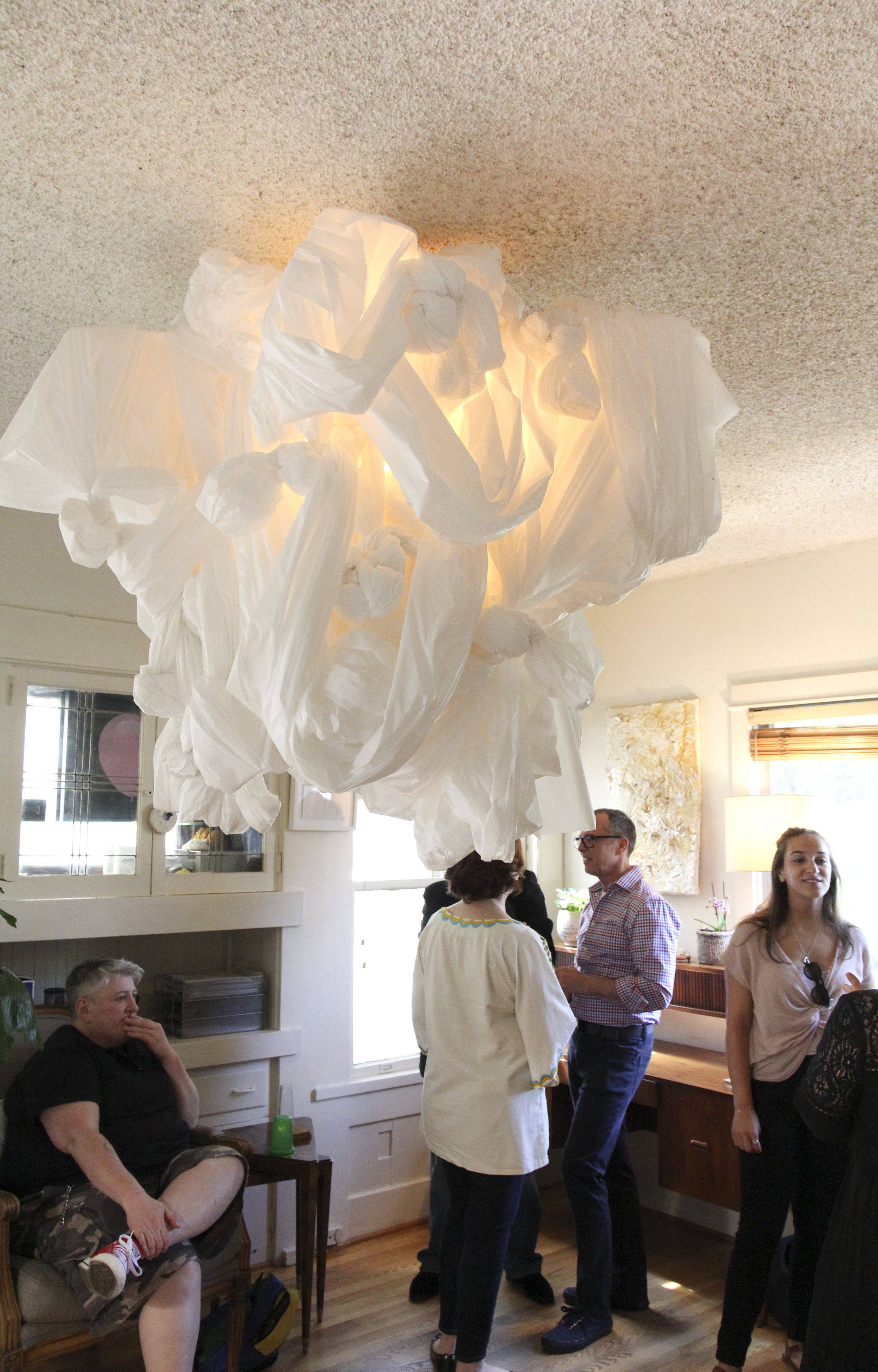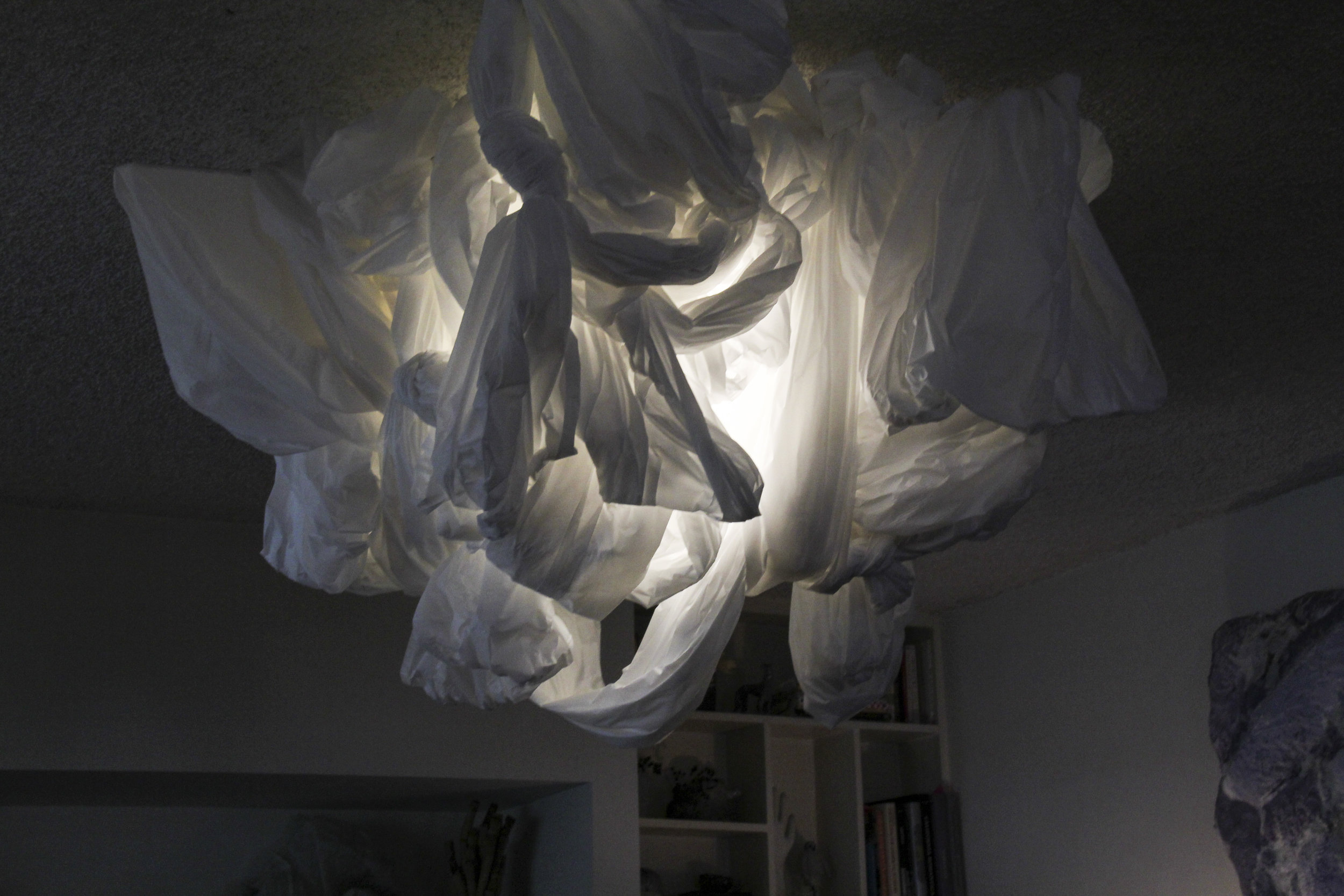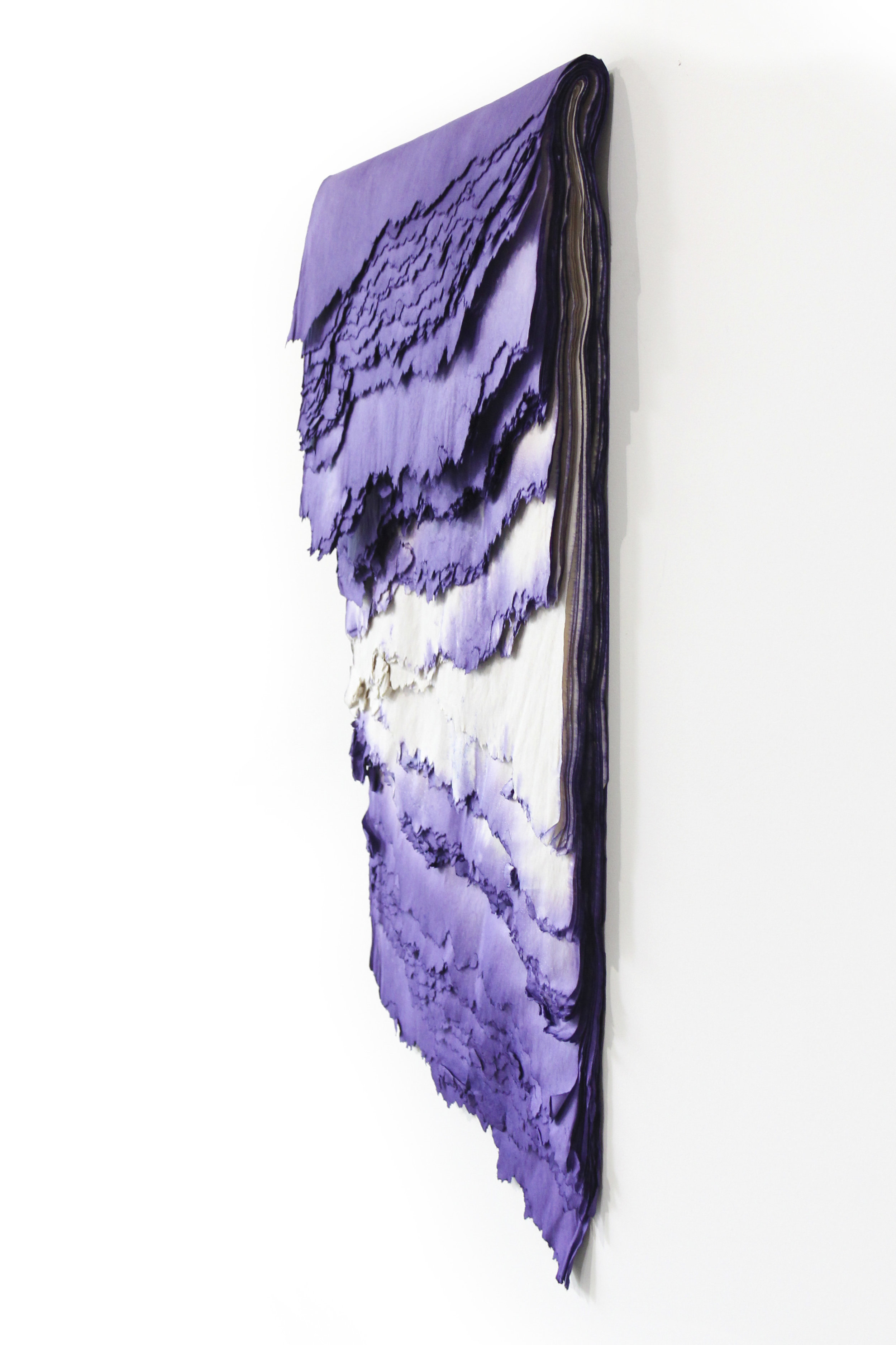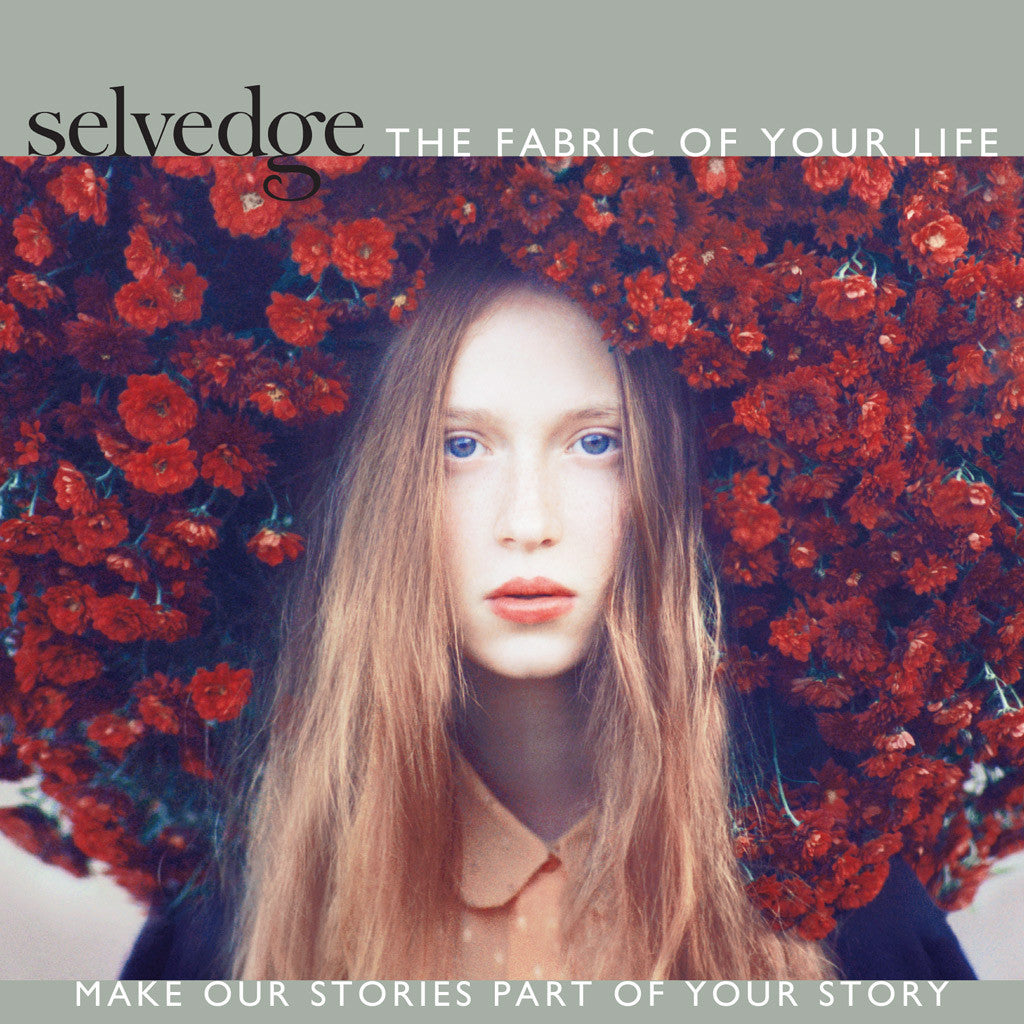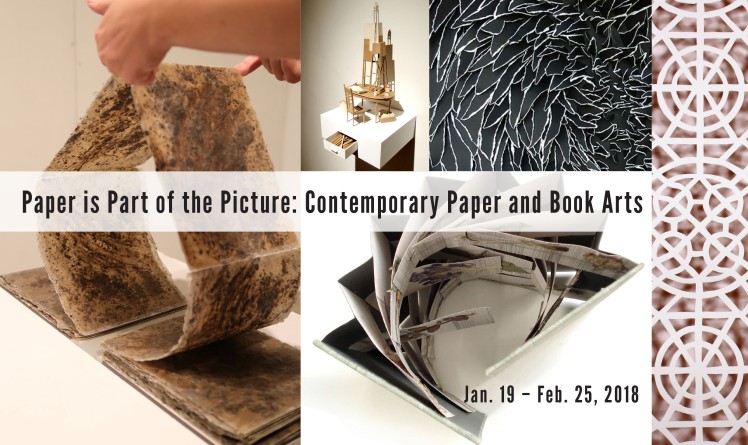Textile Arts Los Angeles held the final installment of their Textile Slam Series at the Helms Bakery Design Center in Culver City. Renae Barnard presented a preview of her program, Mindful and Meaningful: Exploring the Synergetic Relationship of Textile Waste and Fine Art Practice with artists + panelist Chuck Hohng and Aneesa Shami.
A transcript of Renae’s presentation follows here.
Hello, my name is Renae Barnard.
This evening we will be discussing the critical relationship, between art practice and the ever evolving and pre and post-consumer waste stream.
In this brief presentation, Aneesa Shami, Chuck Hohng and I will share a bit about our process and practice in the hopes that you may be inspired to join us in creating a more sustainable future.
Like most artists, I came to using recycled materials from financial necessity, supplemented by my personal commitment to environmental responsibility and a willingness to embrace unlikely possibilities.
Looking to my surroundings for materials has been a long-standing part of my practice.
During my undergraduate studies I attempted (usually successfully) to stitch together any and all fibrous materials I could get my hands on.
Yesterday’s newsprint, a failing electric blanket, photocopied chapter notes, and discarded tracing paper all found new purpose.
Biblical tracts thrust into my hand by a stranger became garments for Precious moments dolls, allowing the interaction, and its triggering of childhood memories, to prompt a re-contemplation of what it meant to be an unwilling juvenile member of an evangelical church.
In graduate school I began drawing on the waste of others.
Bits and bobs of ribbon, yarn, thread and elastics from friends and family members projects became foundational materials for my soft sculptures.
At present, I’m utilizing the waste of the furniture manufacturing industry to create the sculptural foundations of my work.
This material is otherwise unusable, too small of scraps to be repurposed within the mills directly.
Foam supplemented with cotton and polyester fiberfill scraps is built up on a wood panel with wheat paste with weeks and sometimes months of waiting between layers.
A completed 4’x 6’ sculpture utilizes more than 50 pounds of furniture manufacturing waste material, reducing the ever-growing stress on our landfills.
While there are many avenues to responsible art practice, Aneesa, Chuck and I have found that regularly partnering with designers of textiles and furniture, manufacturers and consumers is a best practice in building mutually beneficial relationships that support our art practices and our environmental commitments.
Please join us for a full-length presentation exploring our sourcing practices, studio life and in-depth project details on January 29, 2020. A formal announcement from Textile Arts LA is forthcoming! Thank you




